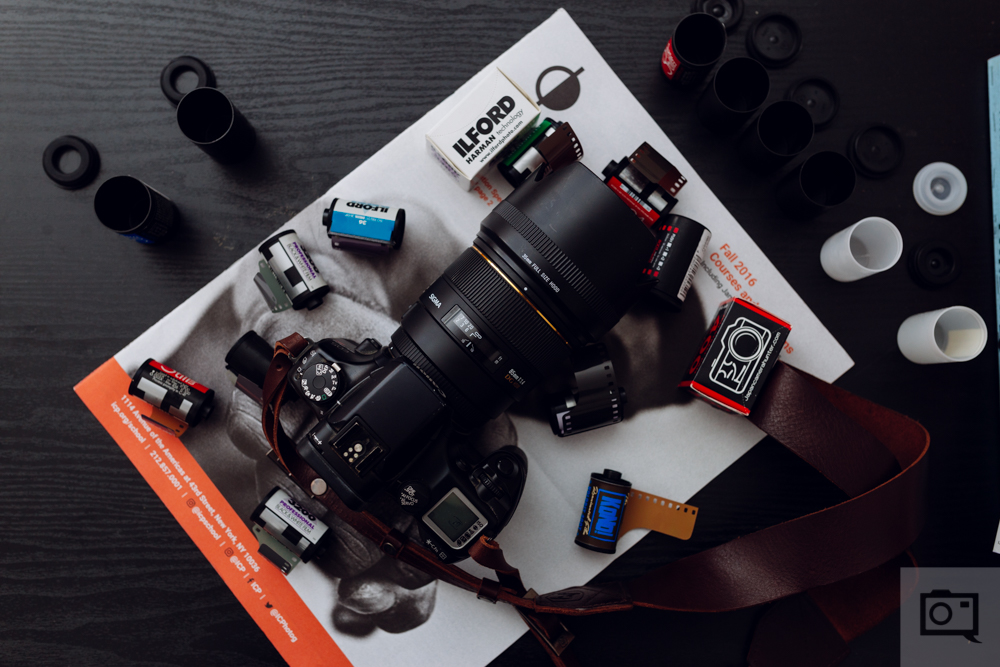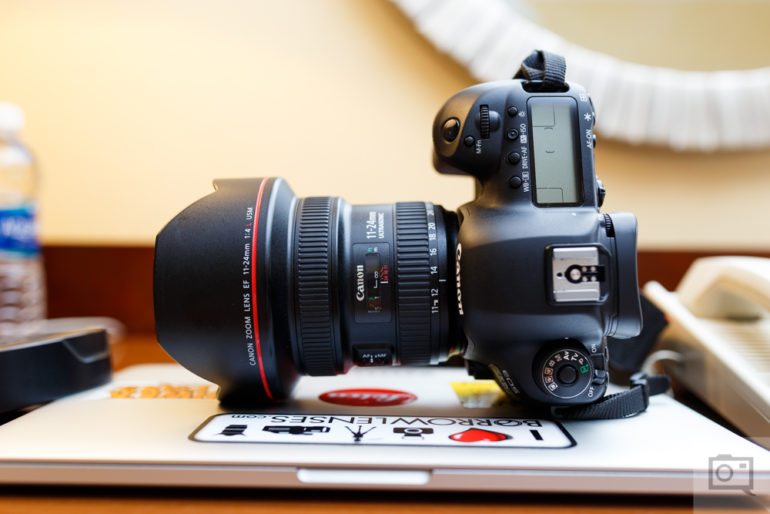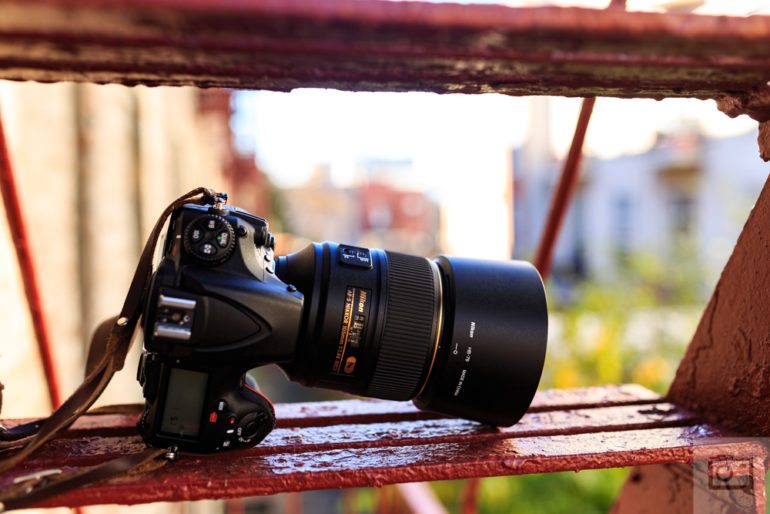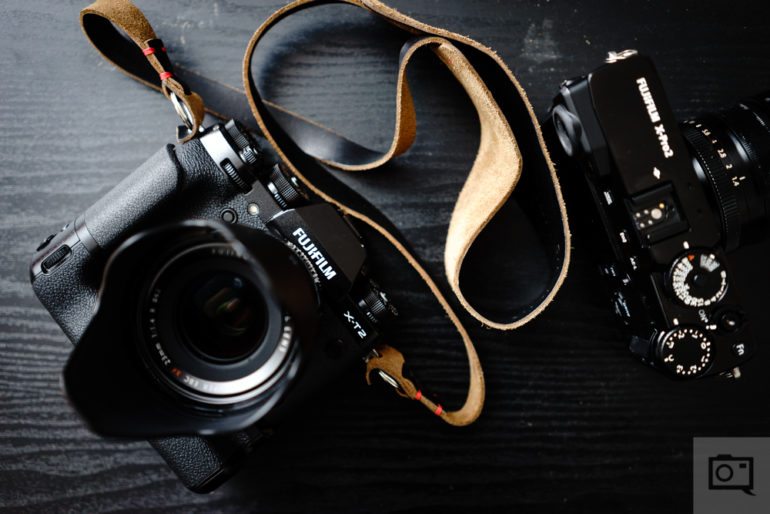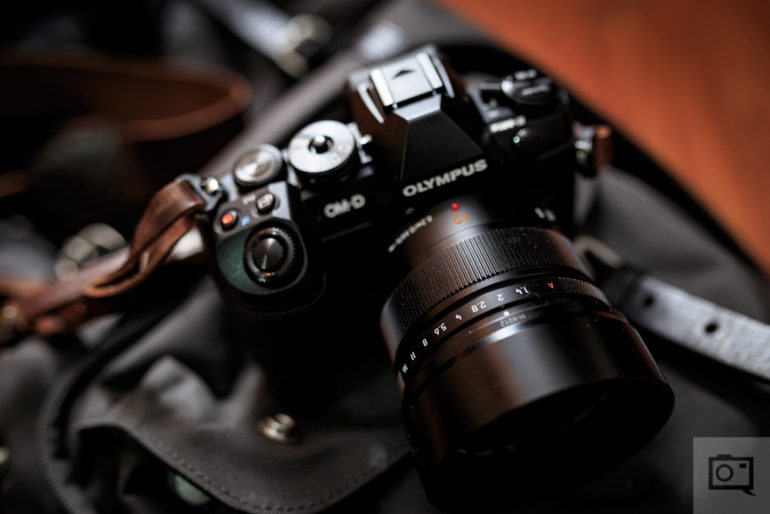Obviously, all camera systems these days have become very mature and capable of doing almost everything that a photographer needs or wants. They’re all good and can help image makers in many ways. Working photographers these days need to be able to do a variety of things though not including just photography, but also things like video. Some photographers need to have access to a fully working flash system and find features like WiFi integration to be critical. Plus, they need tough gear that can take abuse in rough weather and do most of what they need to get done easily.
Considering that we’ve used every camera system, we’ve put together an analysis.
Canon
The number one camera manufacturer in the market boasts loads of capabilities and options. The system has loads of cameras that are full frame and APS-C in addition to mirrorless cameras. There are tons of lens options not only from Canon themselves but also from third parties like Sigma, Tamron, Zeiss, etc. Additionally, Canon is tied with Sony with arguably being the most advanced system when it comes to flashes. Canon has their own radio transmitter with flashes that have a receiver built in. If you feel you want more, lots of third party companies make offerings.
Many of their good DSLRs and cameras have WiFi built in, and these cameras have very good build quality overall.
Then there’s video: lots of Canon’s cameras have microphone and headphone jacks for video. Plus they can shoot 4K. For many years, Canon was the standard until Alexa, Sony and Panasonic started pushing back really hard. Plus, Canon has the fastest autofocus due to Dual Pixel AF when it comes to video. And it’s pretty glorious.
Rating
Unless you want a really solid mirrorless camera system with loads of lenses, you’re really not going to have a big problem here. Canon’s cameras are expensive though: but cameras in general are pretty much luxury items.
Nikon
Nikon has been around for years and years now and have created an excellent camera system. Like Canon, they have loads of lenses that are both first party and third party. Their cameras are built tough and there are lots of options for a variety of photographers. When it comes to a flash system, Nikon used to have the most advanced system but that’s since changed. However manufacturers like Profoto, Phottix, Flashpoint and Impact make flashes for the brand. Then there are the loads and loads of Chinese brands on the market.
Nikon was pretty popular with videographers for a minute, and then they just weren’t. Sure, you can shoot video with Nikon cameras. It’s just that most folks don’t. However, their KeyMission cameras are pretty tough and durable. They may just become more and more popular with photographers as time goes on.
Nikon’s cameras have Wifi or need a dongle to be connected. But then there are others that connect to a mobile device using low powered Bluetooth. Bluetooth is faster in my opinion and sometimes better.
Rating
Nikon is better for still photographers, arguably so. But there are place that it can go when it comes to video. Still though, there aren’t a whole ton of Nikon videographers out there. Though if you’re going for some of the best stills on the market, there’s Nikon.
Sony
The recent darling of so many photographers out there has lots of options available when it comes to cameras. The company is mostly vested in mirrorless camera technology, though their brand new a99 II is also pretty exceptional. Their sensors have always been fantastic and their autofocus is also pretty good overall. Plus there are a lot of lenses available not only from Sony but also from third party manufacturers. When it comes to lighting you’ve got Sony’s own flash system with a radio transmitter and receiver. You’ve also got offerings from third parties like Godox, Impact, Flashpoint, Yongnuo, etc.
Sony has established itself as a leader when it comes to video. They’ve got loads of dedicated video cameras (as does Canon) and there is also the a7s series. Lots of their cameras have both headphone and microphone jacks too. That means that for the working photojournalist, they’ll have a lighter kit option overall.
Rating
Sony has pretty much everything that you could possibly need. Now if only they’d make batteries that suck a lot less…
Fujifilm
When it comes to pure ergonomics, Fujifilm is arguably my absolute favorite company out there. They simply understand things that Canon, Nikon and Sony don’t. Their image quality is really top notch as they’re making arguably the best APS-C sensors on the market right now. Lots of photojournalists use their products for stills. Fujifilm has a lot of great options for classic focal lengths and have Zeiss, Rokinon and others to give third party support. For what it’s worth though, that department is still sort of lacking for Fujifilm.
Then there’s the company’s flash system: which is honestly not so great. They have popular flashes that are small and designed to be in the hot shoe for street photographers, but otherwise not so much at all.
Finally, they’re only now getting into video seriously. If you’re a photographer that doesn’t care, then that’s fine. But if you want Fujifilm to be your all in one system, then you’ll need access to a headphone jack and microphone jack. For what it’s worth, Fujifilm is a tad unconventional here and requires you to buy the grip for their X-T2 to take full advantage for video. However, it should be said that you’ve got a new medium format system and the company’s excellent film profiles built right into the camera for a better and truer cinematic experience to film.
Fujifilm is also the newest system on this list though, and I’ve got confidence in them.
Rating
I just have to be fair here. Fujifilm needs to work on their flashes, extending third party support more, and their video. They’ll get there, but not yet.
Micro Four Thirds
Last on the list is the system that lots of photographers look down on for no good reason. The modern equivalent to 110 film in terms of sensor size delivers very tough cameras, exceptional autofocus, the most lenses of any system you could possibly ask for, WiFi, good image quality, a small enough size, etc. Their only now starting to ramp up their flash systems though as Panasonic is working with Elinchom and PocketWizard. But Olympus still hasn’t moved forward on any of that in any serious way.
Then you’ll consider video: Panasonic. Have we talked about how amazing Panasonic is here? Panasonic takes the cake when it comes to video though Olympus arguably does better when it comes to still image.s
Rating
If you can get over your ego about the Four Thirds sensor and realize that the images are only as good as you make them (not the camera) then you’ll have no issues.


